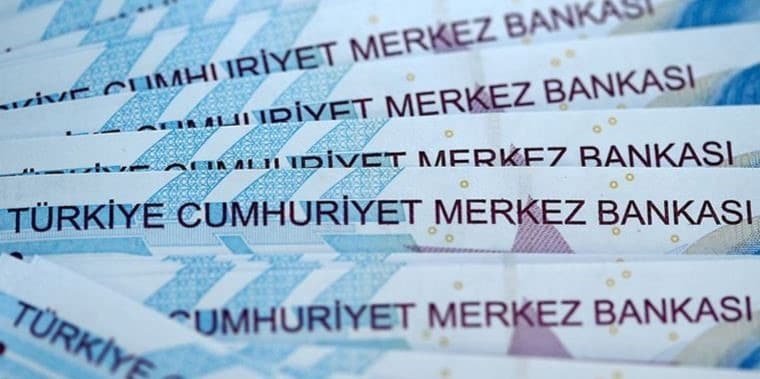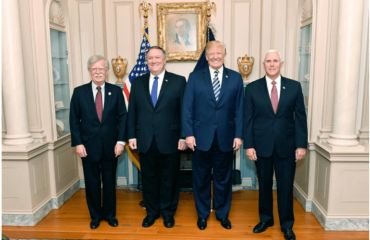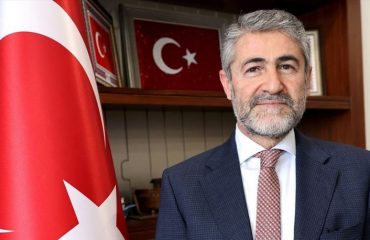

“Interest day: Will the Central Bank make a new mistake?” This was the title of my article (in Turkish), which was published just before the decision of the Monetary Policy Committee (MPC) meeting on October 21. “I hope the policy rate will not be lowered. In that case, it will not be favorable for the Turkish economy.” I continued. Unfortunately, the Central Bank did again by precisely two points cut to 16%, lira went down further we would miss its recent past mistakes bitterly.
The Central Bank (CBRT) cannot be unaware of the harsh market reaction of the increased exchange rate, bond rates, and risk premium following its September meeting rate cut. Moreover, the borrowing costs of the Treasury and companies, which would repay at least part of the due foreign currency debt by borrowing in foreign currency, upsurged. In other words, the amount of tax required to pay the Treasury’s debt, more than half of which is in foreign currency, also jumped. Similarly, the balance sheets of those companies whose foreign currency-denominated debts surpass their foreign currency receivables deteriorated. The production price increases have passed onto consumers, creating cost-push inflation. There has already been a significant escalation in diesel, gasoline, and LPG.
Is a weaker lira something intended?
Why would anything be different this time, with the twice cut in interest rates? After the decision, the exchange rate eventually jumped again. Do not worry about momentary movements. Nonetheless, when these lines were being written (40 minutes after the MPC meeting), the lira equivalent of the currency basket increased by 2.1 percent. The dollar rate, which attracts more attention in public, was at the level of 9.41. The 10-year benchmark interest rate rose from 20.02% to 20.4%. The USD rate in the morning hours of October 22 was above 9,5 lira, another record low.
Since it is highly possible to re-experience what happened in the last month, I really wonder why the Central Bank cut interest rates. Believe me, it is inconceivable to answer this question. It can be speculated that “the Central Bank took the risk of the exchange rate increase and the inflationary effects of this increase.” Moreover, “the Central Bank hopes that the loan interest rates would decrease.” In my article published just before the MPC decision, I validated that this had not happened yet. It is unlikely to occur by judging the ten-year benchmark bond rate and the rising risk premium.
It has nothing to do with economics
Is that what the Central Bank thinks then? OK, the nominal (not adjusted for inflation) loan interest rate does not fall; however, the real (adjusted for inflation) interest rate will decrease as inflation rises. The real interest rate is crucial for investments. Nonetheless, there are two issues to be noted: Firstly, the nominal interest rate is very likely to increase. Secondly, does investment increase in an environment where risk uprises, the exchange rate jumps, inflation upsurges, and monetary policy is enigmatic?
Could another alternative be to further increase exports, which have already been growing, by depreciating currency further? It does not make much sense: First, production costs rise in line with rising inflation. A significant part of the competitive advantage due to the increasing exchange rate is fading away. Secondly, would you take a decision that would have a limited positive impact on exports as the confidence in the economy would decrease because of the increased risk, and investment and durable consumption expenditures are eventually postponed?
In short, I do not understand the decision taken since it has nothing to do with economics.
I hope it is just my ignorance, and the Central Bank knows…


